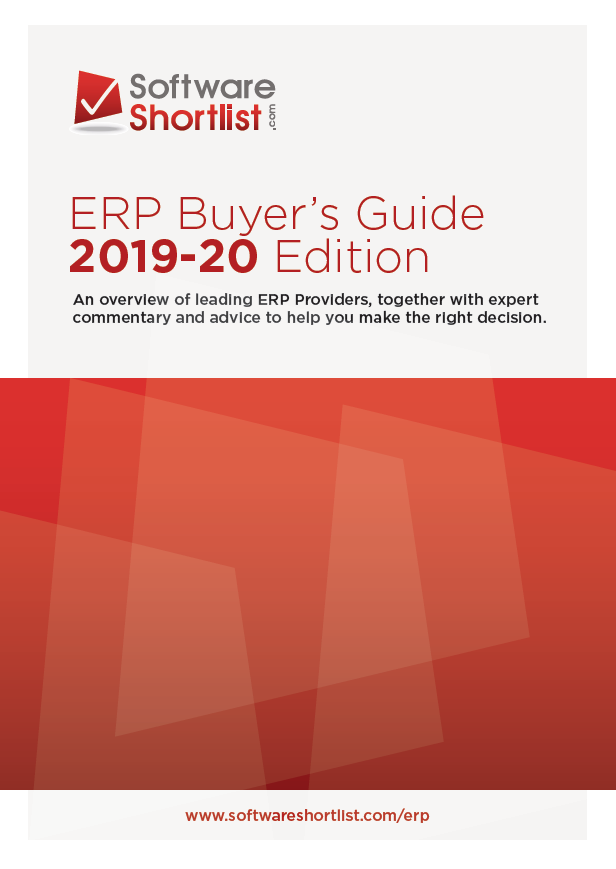What is real time inventory management and why does it matter?
When a transaction is processed by a software system and completed within the short amount of time allowed for it, then we speak of “real time” processing. From the user’s perspective, a real time transaction is one that is completed immediately.
Real time processing of transactions is a must for certain kinds of industry. That is easy to understand when you think of hotel reservations or booking a flight. But is it necessary for inventory management? In many cases, the answer is a resounding ‘yes’. Consider this simple example: a sales organisation has many clients with direct access to the sales system. When a client orders an item, the transaction is processed immediately so that the inventory is updated directly. When the next client orders the same article the system can tell the customer accurately if the article is in stock and whether the order can be delivered. In this case, real time inventory management therefore leads to a much better experience for all involved.
Practical issues with real time inventory management.
Of course, most modern ERP systems process transactions in real time, often including accounting transactions (where there is no urgent need for real time processing), so in a purely practical sense we could skip the ‘why’ question for real time inventory management. In most cases the functionality is already there! However, there are practical reasons why achieving accurate real time inventory data is not quite as simple as that.
To explore this further, let’s concentrate on the relationship between real time processing and the (sometimes manual) work following the real time transactions.
- Say for instance a client orders an article online. During the confirmation process by the sales module the inventory module will be consulted about the availability of the ordered article. There are a number of possible scenarios:
- The ordered item is in stock: The customer will receive an order confirmation, stating when the order will be delivered, at what price and quantity. This can be done in real time via email. The inventory module will record the sales order for this particular stock item and takes it into account when any following availability checks occur.
- The ordered item is not in stock: The customer must be notified of this and asked if he or she accepts a backorder. If so the inventory module sends a purchase advice to the purchase module. So far it is all done real time. The purchase department then processes the purchase advice – and from the perspective of the original sales order, this process does not occur in real time.
- The purchase department issues purchase orders.
- The inventory module will record (real time) the individual purchase items and relate them to the particular stock items involved. Data such as the expected date of delivery and quantity are important for availability checks as mentioned above.
- The supplier confirms the purchase order. For the inventory module this is relevant as far as the confirmed date of delivery and the quantity and price are concerned. This data is stored on inventory at article level.
- Individual purchased articles are received. When this event is recorded, the relevant article records in the inventory are updated, real time.
- Sales orders are delivered. When the sold articles are being picked for delivery (automatically or manually) the corresponding inventory records are updated, at the same time or shortly afterwards.
- The inventory management module produces a purchase advice list, based on minimum stock levels and/or purchase alerts caused by availability checks in the sales process. When the purchase advice list is accepted (entirely or partially) this fact can be recorded and the relevant inventory records will be updated accordingly.
- The full purchase orders are received. The inventory clerk, who receives the goods and puts them in stock, can record this fact by merely accessing the purchase order and log it as received. The relevant inventory records will be updated real time.
What all the above is about is to guarantee the accuracy and timeliness of inventory data. Particularly important in this respect is the correct quantity in store and the price.
Now let’s have a close look at the quantity in store. The inventory management module must state correctly for each inventory what the physical quantity is. In addition to the physical quantity there is also a theoretical quantity. When an availability check is done (see above) it is the theoretical quantity that counts. For instance: when a client orders 25 pieces of a certain article and the physical stock is 50, then one would say that there is enough for this client. However when an earlier client had ordered 40 pieces, then there is a shortage of 15. There are several ways to deal with this problem but we do not cover them in this article.
The theoretical quantity is calculated as follows: (physical quantity) + (quantity purchased but not yet received) – (quantity sold but not yet delivered).
When an article is delivered to the customer, the quantity delivered is subtracted both from the physical quantity and the quantity sold but not yet delivered. When an article is received from the supplier, the quantity received is added to the physical quantity and subtracted from the quantity purchased but not yet received.
It all looks fairly simple but in reality many companies struggle with the accuracy of the physical stock. The problem is often that the physical quantity stated by the ERP system does not match with the actual physical quantity on the shelves. Some causes could be:
- Theft.
- Occasional errors made during clerical and manual handling and storing of goods.
- Consistent lack of discipline in handling data and articles.
- Damage of goods.
- Time gap between the effective date of the ERP list and the date of counting of the actual physical stock.
Conclusion.
Real time in itself is not a guarantee for accuracy and timeliness. Real time processing should be supported by the correct execution of entailing clerical and manual work. Great effort should be made of ensuring the accuracy of clerical and manual work. Furthermore the inventory should be adequately protected against theft and avoidable damage.



